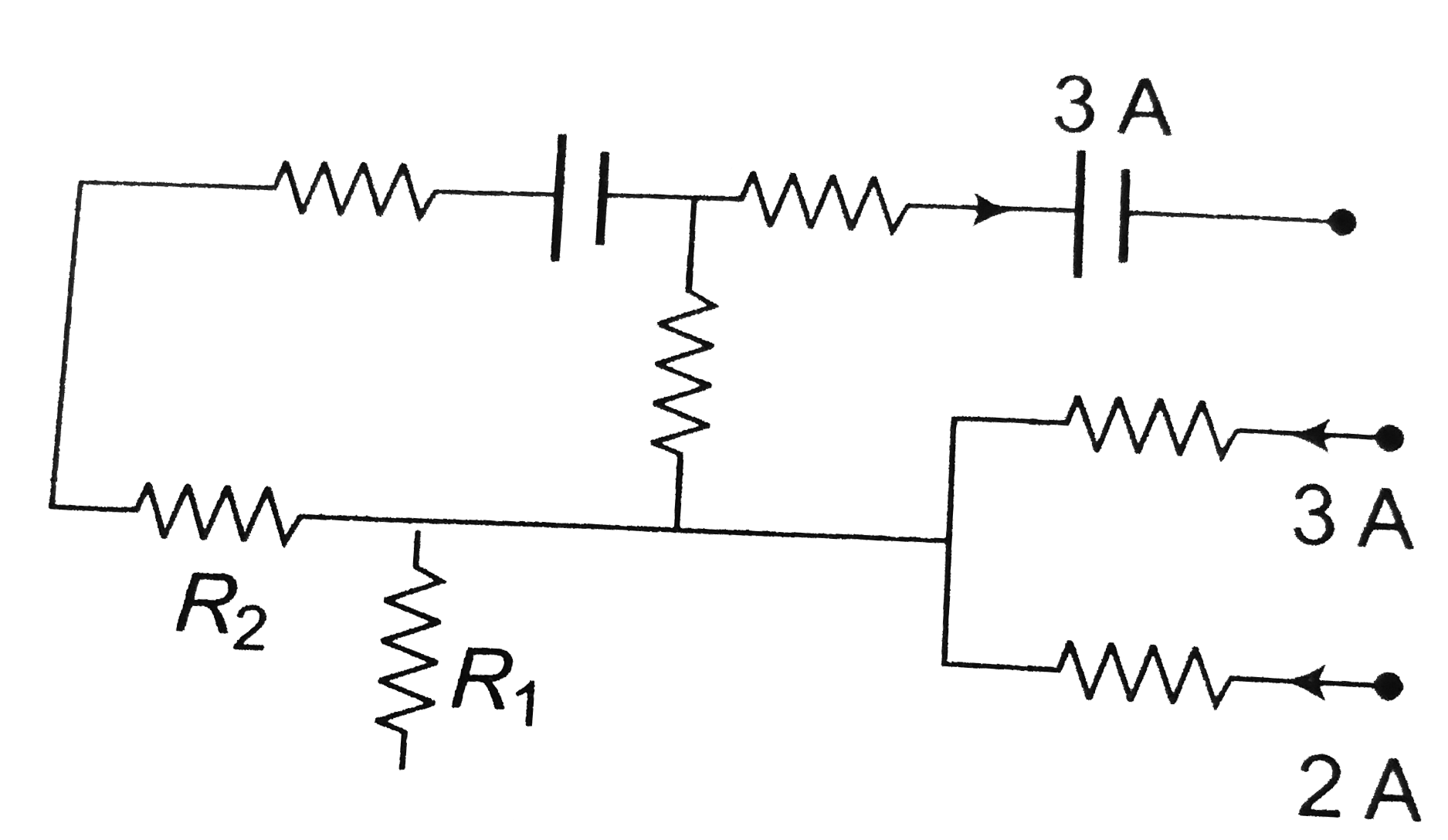In the given circuit, let i1 be the current drawn battery at time t=0 and i2 be steady current at t=∞ then the ratio i1i2 is
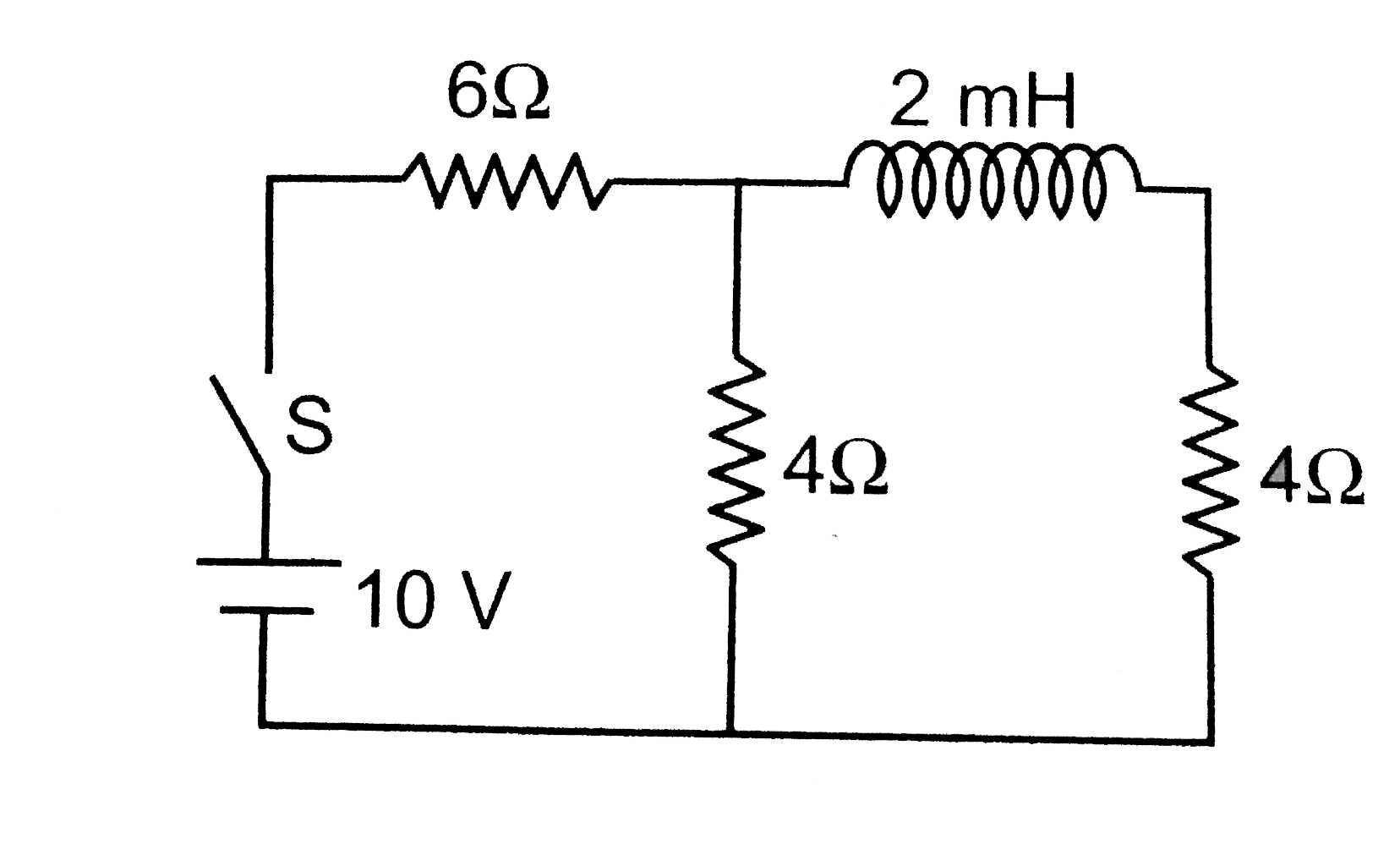
1.0
0.8
1.2
1.5
The correct Answer is:D
Step by step video, text & image solution for In the given circuit, let i_(1) be the current drawn battery at time t=0 and i_(2) be steady current at t=oo then the ratio (i_(1))/(i_(2)) is by Physics experts to help you in doubts & scoring excellent marks in Class 12 exams.
Topper's Solved these Questions
- BOOK - CENGAGE PHYSICSCHAPTER - INDUCTANCEEXERCISE - Multiple Correct Answer3videos
INDUCTANCE
- BOOK - CENGAGE PHYSICSCHAPTER - INDUCTANCEEXERCISE - Comprehension Type9videos
INDUCTANCE
- BOOK - CENGAGE PHYSICSCHAPTER - INDUCTANCEEXERCISE - Subective Type2videos
INDUCTANCE
- BOOK - CENGAGE PHYSICSCHAPTER - HEATING EFFECT OF CURRENTEXERCISE - Thermal Power in Resistance Connected in Circuit28videos
HEATING EFFECT OF CURRENT
- BOOK - CENGAGE PHYSICSCHAPTER - KINETIC THEORYEXERCISE - Question Bank31videos
KINETIC THEORY
Similar Questions
Knowledge Check
- Question 1 - Select One
In the given circuit, let i1 be the current drawn battery at time t=0 and i2 be steady current at t=∞ then the ratio i1i2 is
 A1.0B0.8C1.2D1.5
A1.0B0.8C1.2D1.5 - Question 2 - Select One
In the given circuit the current I1 is
 A0.4AB−0.4AC0.8AD−0.8A
A0.4AB−0.4AC0.8AD−0.8A - Question 3 - Select One
In the given circuit currents I1 and I2 are
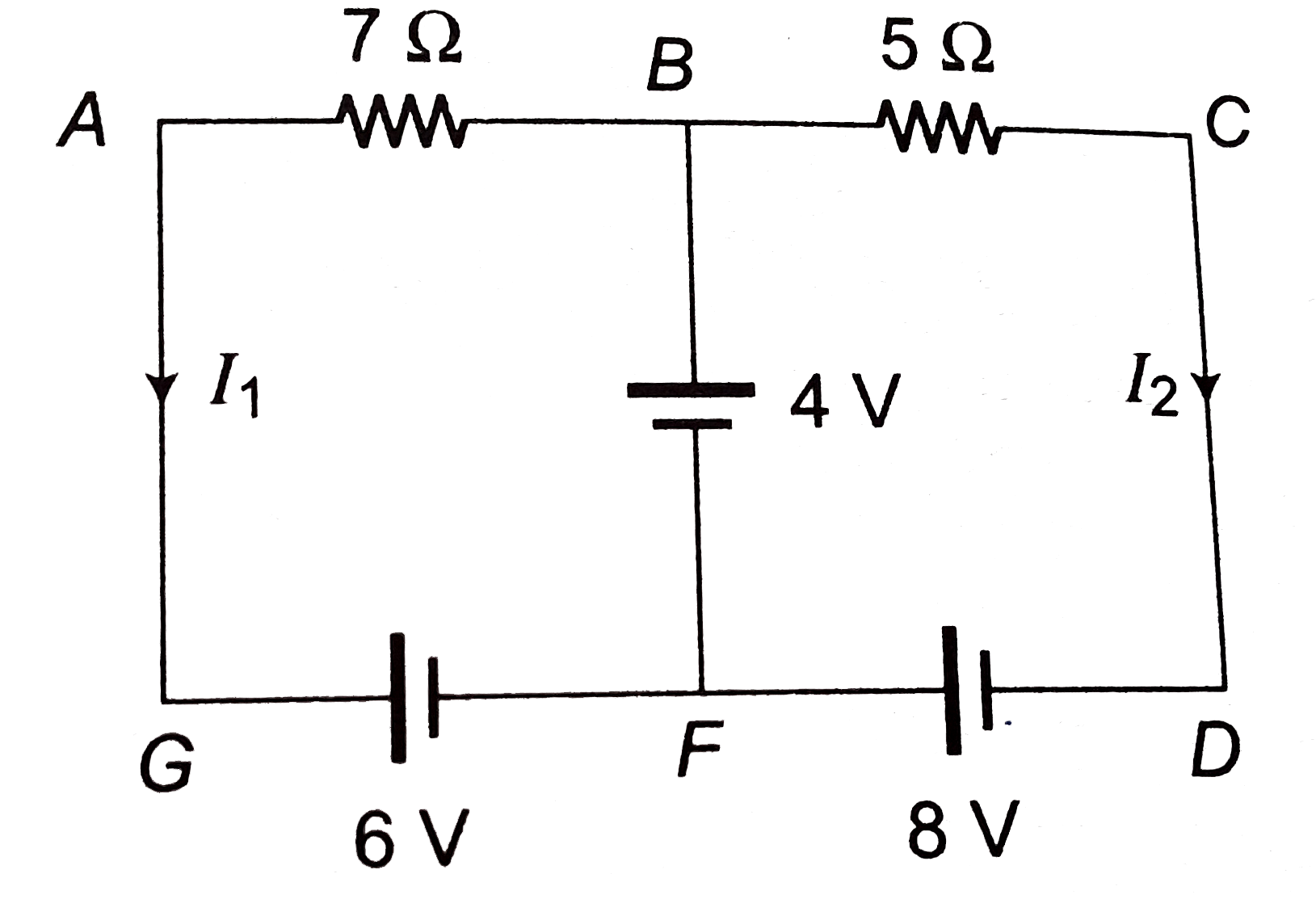 .A107A,127AB−27A,125AC87A,125AD87A,127A
.A107A,127AB−27A,125AC87A,125AD87A,127A
In the circuit shown, switch Sis closed att=O. Let i1andi2be the current at any finite time I, then the ratio i1/i2 is
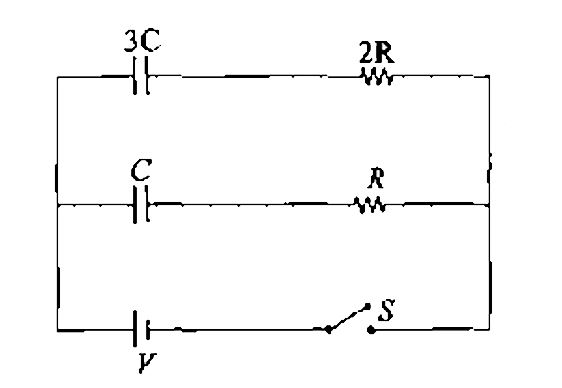 View Solution
View SolutionIn the given circuit, if I1andI2 be the current in resistances R1andR2, respectively, then
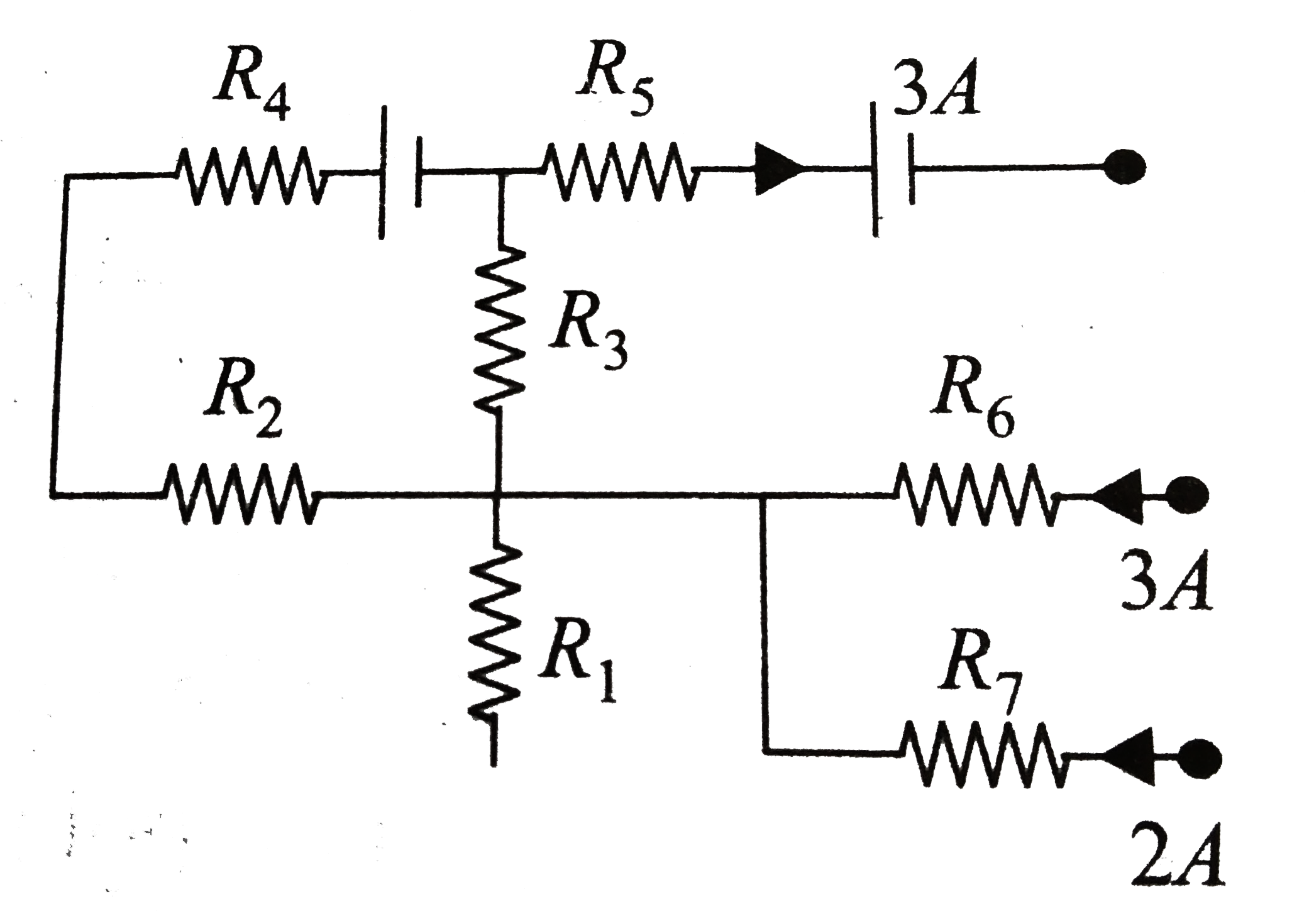 . View Solution
. View SolutionIn the circuit shwon in fig. switch S is closed at time t = 0. Let I1andI2 be the currents at any finite time t, then the ratio I1/I2
 View Solution
View SolutionIn the circuit shown switch S is closed at t=0. Let i1 and i2 be the current at any finite time t then the ratio i1i2
 View Solution
View SolutionIn the given circuit find the ratio of i1toi2. Where is the initial (at t=0) current, and i2 is steady state (att=∞) current the battery
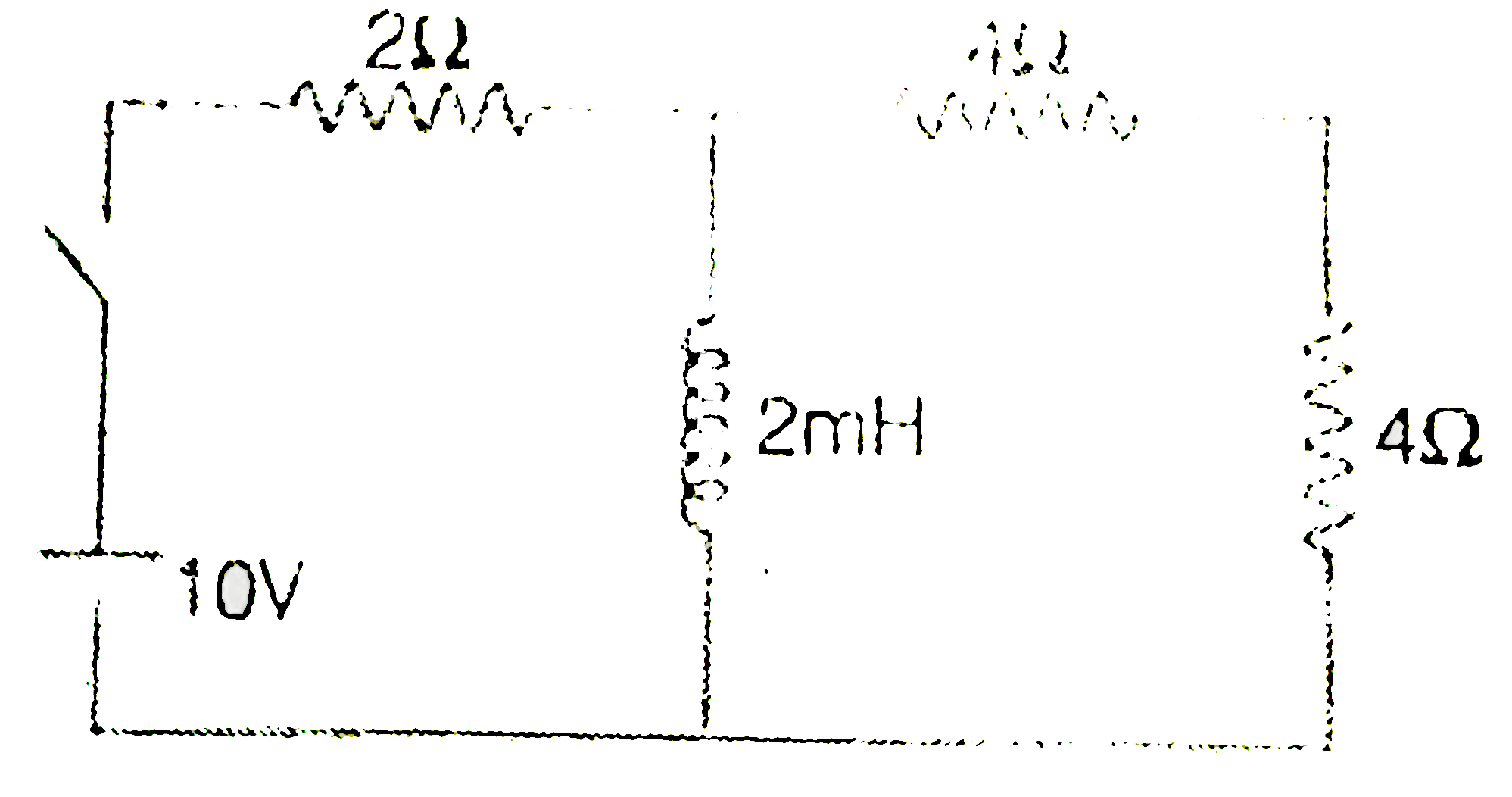 View Solution
View Solution



